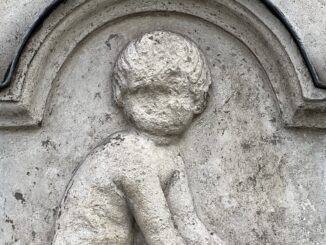
The Mysterious Panyer Boy of St Paul’s
When yu have sought the Citty Round, Yet still this is the highest Ground. August the 27 1688 Step out of the tube at St Paul’s […]

When yu have sought the Citty Round, Yet still this is the highest Ground. August the 27 1688 Step out of the tube at St Paul’s […]
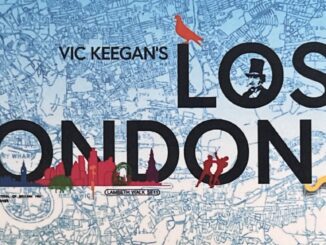
A coffee in the Onion Garden with the inestimable Vic Keegan – journalist, oenologist, poet and historian of London. His ‘Lost London’ column ran weekly […]
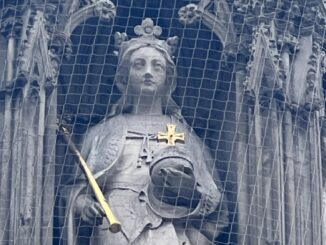
According to etymologists, the word ‘charing’ seems to come from the old English – “cerring”- meaning a bend, hence ‘charing’ appearing on many old maps, […]
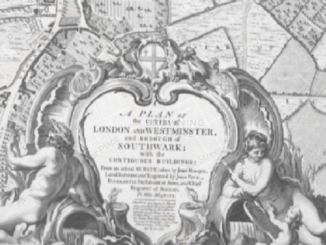
As usual, it started with a bit of googling to research something completely different, but when an interesting rabbit hole appears it seems remiss not […]
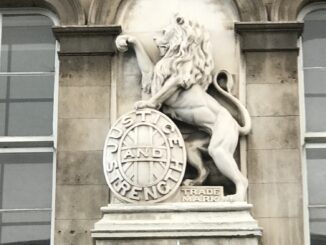
Just across the street from where the new London Museum (nee Museum of London) is emerging in copper-covered glory from the old Poultry Market is […]

Henry Tudor, had a pretty tenuous claim on the English throne. His mother, Margaret Beaufort, was a great granddaughter of John of Gaunt (third son […]

Under the Bloomberg European headquarters building in the City is the ‘London Mithraeum’, a glimpse into an obscure part of Roman London. Obscure not just […]
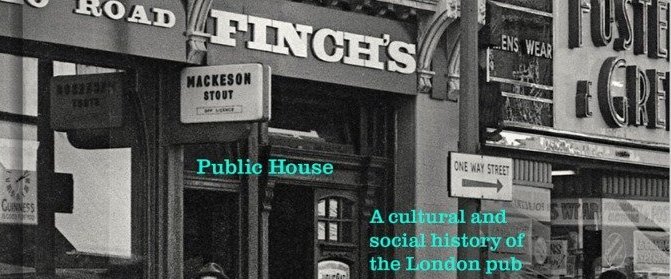
[This review was first published on The London Society website in February 2022] As a London Blue Badge Guide I take Americans around London – the Tower, […]
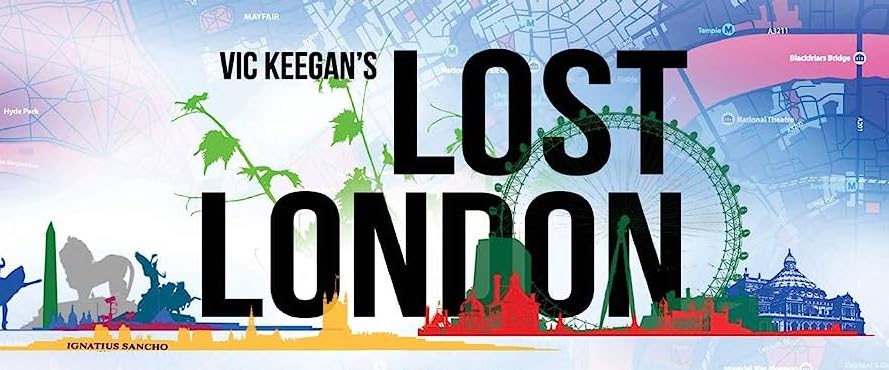
[This review was first published on The London Society Website in February 2021] Followers of the OnLondon twitter feed will know that every week, among the pieces […]
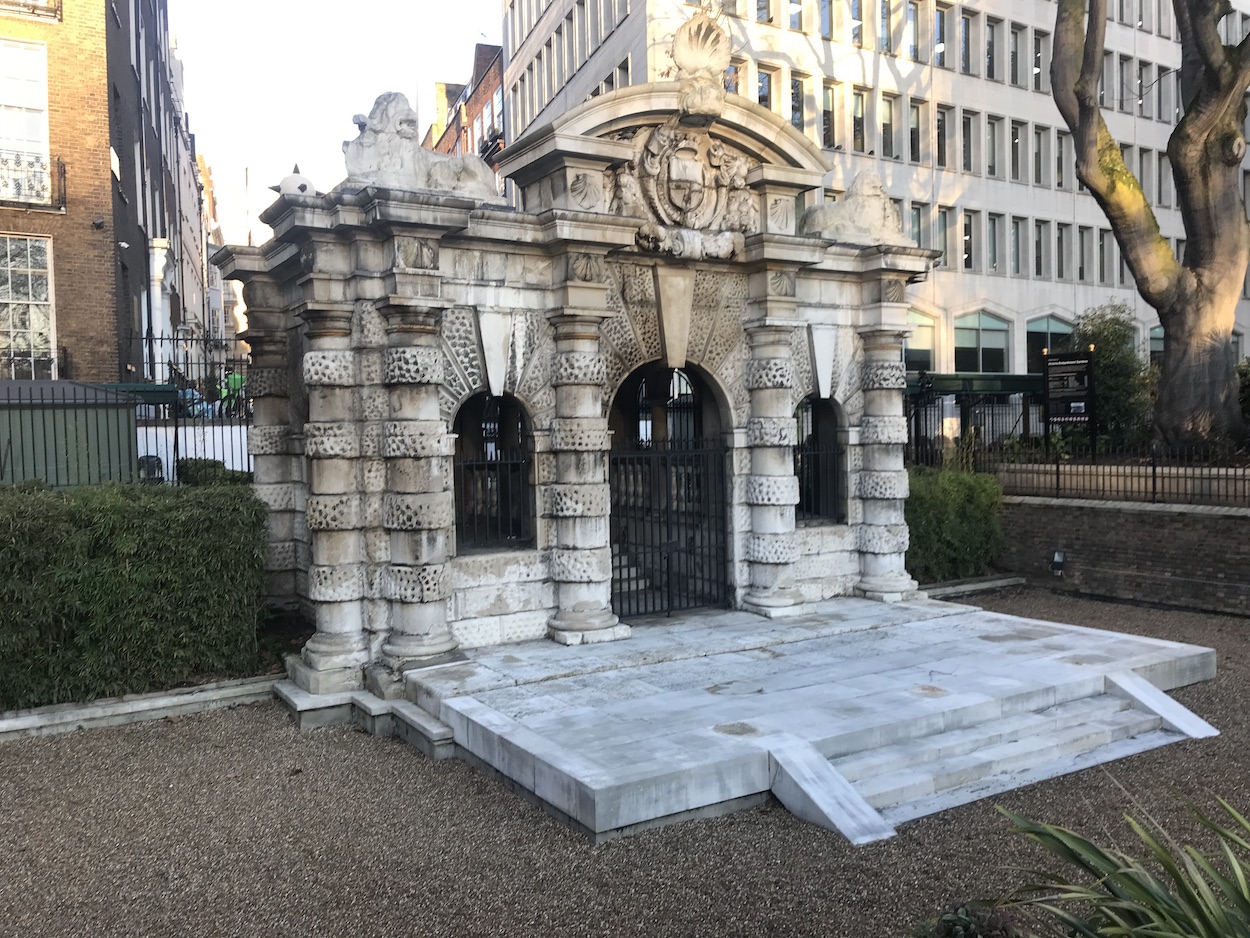
When Joseph Bazalgette created his marvellous (and still used) sewer system the 1860s, he pushed back the banks of the Thames and buried his main […]
Copyright © 2024 | WordPress Theme by MH Themes